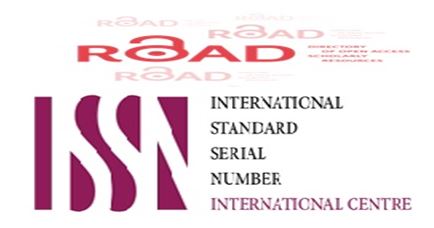The efficacy of synchronized direct current shock in reverting long standing persistent atrial fibrillation in to sinus rhythm. What help to achieve high success rate?
DOI:
https://doi.org/10.32007/jfacmedbagdad.6311820Keywords:
atrial fibrillation, direct current shock, antiarrhythmic drugs, cardioversion.Abstract
Background: Atrial fibrillation is the most frequent cardiac arrhythmia encountered in general medicine and cardiology practice. Synchronized direct current shock is a known safe and effective procedure to revert long standing persistent atrial fibrillation into sinus rhythm.
Patients and Methods: Patients with long-standing atrial fibrillation who were seen at the author’s private clinic and Al-Hassani Heart Center in Sulaimanya from April 2018 to December 2020 were chosen for rhythm control subjected to synchronized direct current cardioversion under heavy sedation applying a modified anterolateral paddles position with 200J and 300J successively according to the reversion dose required.
Objectives: The Objective of current study was to assess the efficacy of synchronized direct current shock in reverting long-standing persistent atrial fibrillation into sinus rhythm and recognizing factors that help in achieving high success rate.
Results: In this case series study 61 patients were included thirty-one males 30 females The success rate was 89%. Even patients with atrial fibrillation duration more than 2 years showed a success rate of 84%. The recurrence rate of atrial fibrillation was 30% within a follow up period of one month to 2 years. The modified paddles position has helped in achieving high reversion rate where success increased from 62% to 85% and failure rate decreased from 38% to 15%. The shock dose needed for reversion ranged from 200J to 300 J. There was no correlation between the needed dose for reversion and body weight where patients with body weight of 71-80kg, more than 80% reverted with 200J. Pre shock antiarrhythmic drugs did not facilitate the conversion, the reversion rate in patients with or without antiarrhythmic drugs were 85% and 82% successively. No per procedure complications were seen.
Conclusion: Electrical cardioversion of atrial fibrillation with modified paddles position is a safe, effective and smooth procedure with significantly high success rate and very low incidence of complications even with very long-standing atrial fibrillation.
Downloads
Downloads
Published
Issue
Section
License
For all articles published in Journal of the Faculty of Medicine Baghdad, copyright is retained by the authors. Articles are licensed under an open access Creative Commons CC BY NC 4.0 license, meaning that anyone may download and read the paper for free. In addition, the article may be reused and quoted provided that the original published version is cited. These conditions allow for maximum use and exposure of the work, while ensuring that the authors receive proper rights.



















 Creative Commons Attribution 4.0 International license..
Creative Commons Attribution 4.0 International license..


